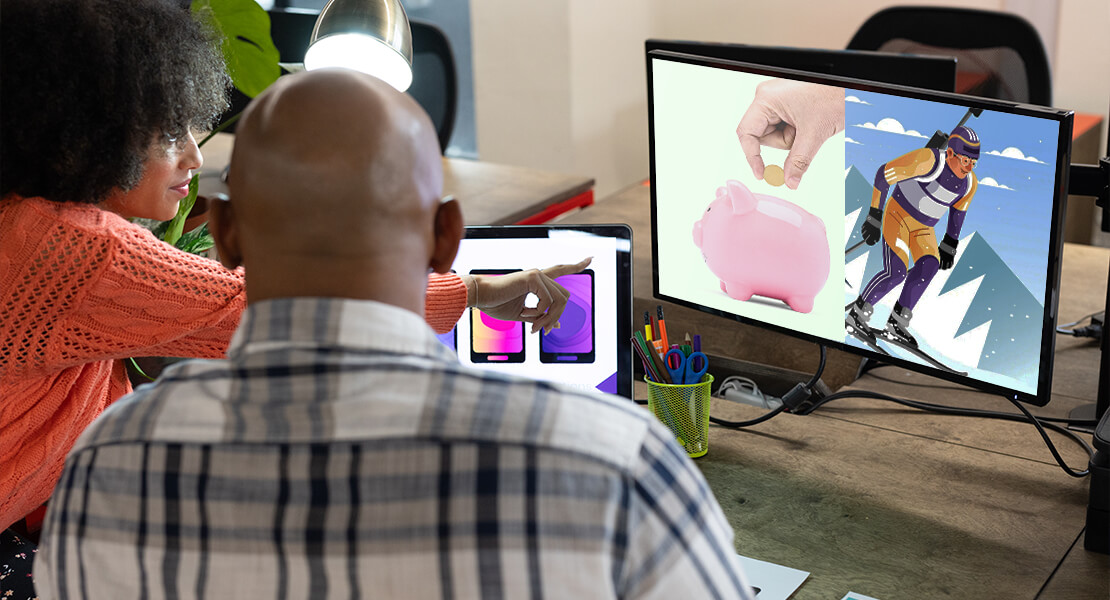
Let’s face it—animation isn’t just for cartoons anymore. It’s now one of the most versatile and effective tools businesses can use to communicate, promote, and convert. But here’s the thing: not all animation is created equal. Depending on your goal, the type of animation you choose can make or break the impact you’re trying to create.
Whether you’re looking to build brand awareness, drive conversions, explain a tricky concept, or simply stand out on social media, there’s an animation style for that. So, let’s break it down. Here’s a guide to the best types of animation based on specific business goals—and how to use them to your advantage.
1. Explainer Animation – Best for Educating and Converting
If your aim is to explain what your product or service does—quickly and clearly—explainer animation is your go-to. It’s one of the most popular and effective forms of animation in the business world, and for good reason.
This type of video usually runs between 60 and 90 seconds and is designed to break down your offer in a way that’s easy to understand, even for someone who’s never heard of you before. Think of it as your elevator pitch, visualised. Within a minute or so, you can answer the viewer’s key questions: “What is this?”, “Why should I care?”, and “What should I do next?”
Explainer animations often follow a clear structure: introduce the problem, present the solution (your product or service), explain how it works, and end with a strong call to action. This logical flow keeps viewers engaged and makes it easier for them to follow along—even with no prior context.
Best for:
- Startups introducing a new concept
- SaaS companies explaining workflows or software features
- Businesses with complex, intangible, or abstract services
- Brands launching a new product or campaign
Why it works:
It simplifies the complicated. You can use metaphors, animated icons, and clever transitions to bring clarity to something that might otherwise feel confusing or technical. A friendly voiceover can walk viewers through the message at a comfortable pace, while the visuals reinforce what’s being said.
Explainer videos are especially powerful because they strike the perfect balance between information and engagement. They’re digestible, memorable, and actionable—which is exactly what you need when trying to convert viewers into leads or customers. And because they’re short and versatile, they can live on your homepage, landing pages, social media, emails—you name it.
Top of Form
Bottom of Form
2. Motion Graphics – Best for Building Credibility and Professionalism
When you want to get across serious info—without boring people to tears—motion graphics are perfect. They’re slick, minimal, and can communicate data, processes, or timelines with a modern, professional feel. It’s the kind of animation that doesn’t shout for attention, but earns respect through clarity, design, and style.

Motion graphics excel at delivering structured, logical information in a visual format. Instead of overwhelming your audience with dense blocks of text or a sea of bullet points, motion graphics present data in a way that’s clear, digestible, and visually engaging. This is especially important in industries where accuracy, structure, and professionalism are key.
Best for:
- Financial firms, tech companies, or B2B brands
- Corporate presentations or pitch decks
- Product demos with a clean, branded look
- Explaining internal processes, user journeys, or statistics
Why it works:
Motion graphics give your brand a polished, high-end look. They instantly elevate the perception of your content—ideal when you’re speaking to stakeholders, clients, or investors who expect clarity and confidence. You can easily highlight key figures, map out a timeline, or demonstrate workflows in a visual format that’s both dynamic and easy to follow.
They’re also brilliant for businesses that have a more serious tone or deal with abstract, non-visual services—like cloud computing, fintech, cybersecurity, or consulting. Rather than trying to film things that are impossible to show on camera, motion graphics allow you to visualise the invisible.
And here’s the bonus: motion graphics are highly adaptable. You can use the same core assets across multiple platforms, adjust the messaging for different audiences, and keep everything aligned with your brand’s style guide. That consistency helps build brand authority—without ever feeling repetitive or dry. In short, motion graphics are the secret weapon for businesses that want to inform, impress, and persuade.
3. Whiteboard Animation – Best for Training and Internal Use
Whiteboard animation mimics someone drawing on a whiteboard as a story unfolds. It’s a simple concept—usually black-and-white line drawings combined with a voiceover—but it’s surprisingly effective. This style holds attention and makes complex information feel more accessible, which is exactly what you need when you’re trying to teach or train.
It’s especially useful when you want to educate or onboard—either customers or your internal team. You can take people through policies, procedures, product usage, or even compliance topics in a way that doesn’t feel dry or overwhelming. Watching information “come to life” as it’s being drawn engages both the visual and auditory senses, which boosts retention.
Best for:
- Employee onboarding and HR training
- Tutorials or step-by-step walkthroughs
- Customer education in technical industries
- Internal communications for large organisations
Why it works:
There’s something about the visual hand-drawn style that makes people pay attention. It feels natural, simple, and clear. It taps into how we learn best—by seeing concepts illustrated and hearing them explained simultaneously.
Whiteboard animation is also great for breaking down dense or technical information. You can walk through a process, visualise a customer journey, or simplify legal or safety procedures in a way that feels less intimidating. Because the visuals build in real time, the viewer gets the sense that they’re learning alongside the drawing—which keeps engagement high, even with longer content.
And don’t underestimate its charm. The hand-drawn feel adds a human touch that resonates, especially in internal training environments where traditional slide decks tend to fall flat. It’s cost-effective, customisable, and can be reused across training sessions, intranet platforms, or customer support portals. When you need people to not just watch, but remember what they’ve seen, whiteboard animation is a smart, proven choice.
4. Character Animation – Best for Brand Personality and Storytelling
Want to bring your brand to life in a fun, emotional way? Character animation is your best bet. It allows you to create unique, expressive characters that walk your audience through a story or a challenge—one that your product or service just so happens to solve. Done right, it’s storytelling that sticks.
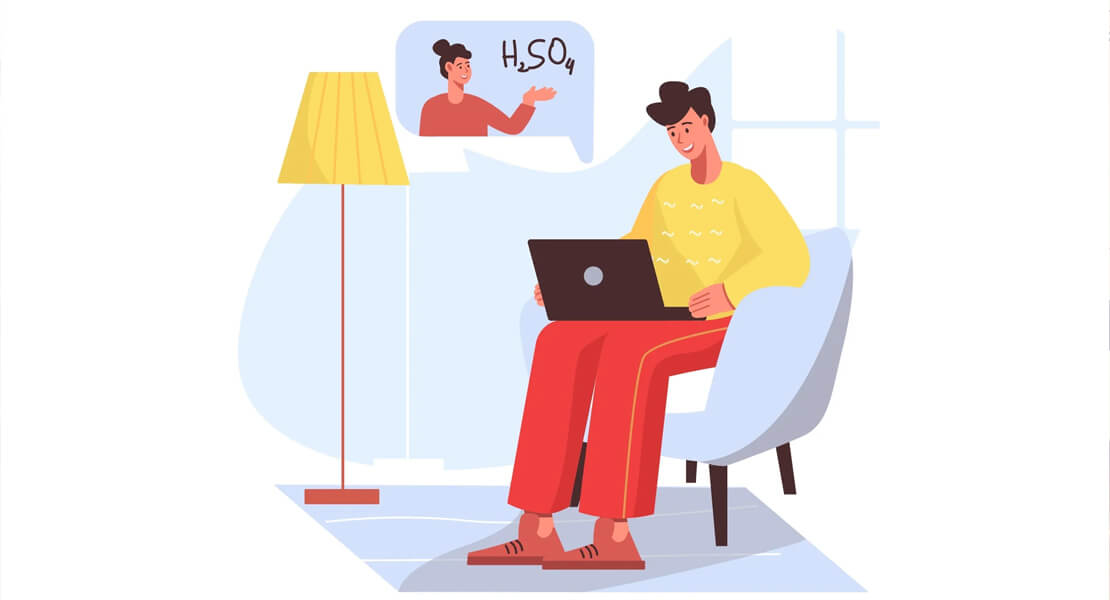
These animated characters don’t just narrate a message—they become the face of your brand. They can embody your values, reflect your audience, or simply add a bit of personality to your content. Whether it’s a curious customer, a quirky mascot, or a friendly guide, characters help humanise your business in a way that static content just can’t.
Best for:
- Brands with a playful, human tone
- Story-driven adverts or social media campaigns
- Building emotional connection and relatability
- Explaining user journeys or customer success stories
Why it works:
Characters add emotion. They can be funny, empathetic, quirky—whatever suits your brand. They help the viewer feel something, and that emotional response leads to better recall and deeper engagement.
People remember stories, and character animation delivers stories in a way that feels personal and relatable. When viewers see a character who mirrors their own situation or problem, it builds instant connection. They’re more likely to trust the message and take action.
Character animation also offers the freedom to be creative and culturally inclusive. You can design characters that reflect your audience’s diversity or craft stories that speak directly to different market segments. And because it’s animated, you’re not limited by casting, budget, or geography—you can create whoever and whatever you need.
In a world full of content, character animation gives you the edge. It turns your message into a moment—something your audience not only watches, but remembers and feels.
5. 2D Animation – Best for Versatility and Budget-Friendly Results
If you want a cost-effective animation that’s easy to update and fits a variety of formats, 2D animation is your workhorse. It’s one of the most widely used styles in commercial animation because it strikes the perfect balance between creativity, clarity, and cost.
Whether you’re a startup trying to make an impact on a small budget or an established brand looking to produce content at scale, 2D animation offers huge value. It allows you to bring concepts to life in a clean, engaging way—without the time and expense of complex 3D or live-action production.
Best for:
- Startups and small businesses
- Social media content and ads
- Versatile messaging across platforms
- Quick product updates or seasonal promotions
Why it works:
It’s flexible, accessible, and you can create almost anything with it. Characters, icons, infographics, and even complex processes can all be visualised clearly with 2D animation. It works beautifully for explainer videos, educational content, product promos, and brand storytelling.
One of the biggest benefits is how easily you can repurpose your 2D animations. Need a 30-second cutdown for Instagram? Done. Want to swap in a new voiceover or update your pricing details? No problem. Unlike live-action video, 2D animations can be edited and adapted without needing to start from scratch, which makes them ideal for ongoing marketing campaigns or product evolution.
Another bonus? It plays well everywhere. Whether it’s on your website, in your email newsletters, across social media, or even in paid ads, 2D animation looks good and loads quickly—keeping your messaging sharp and consistent across the board.
In short, 2D animation is the dependable all-rounder in your video strategy toolkit. It delivers big results without the big price tag.
6. 3D Animation – Best for Premium Products and Demos
Got a product that deserves the full spotlight? 3D animation lets you showcase every angle, every detail—and make it look slicker than reality. It gives your audience a cinematic experience of your product or service, even before it exists physically. That’s powerful.
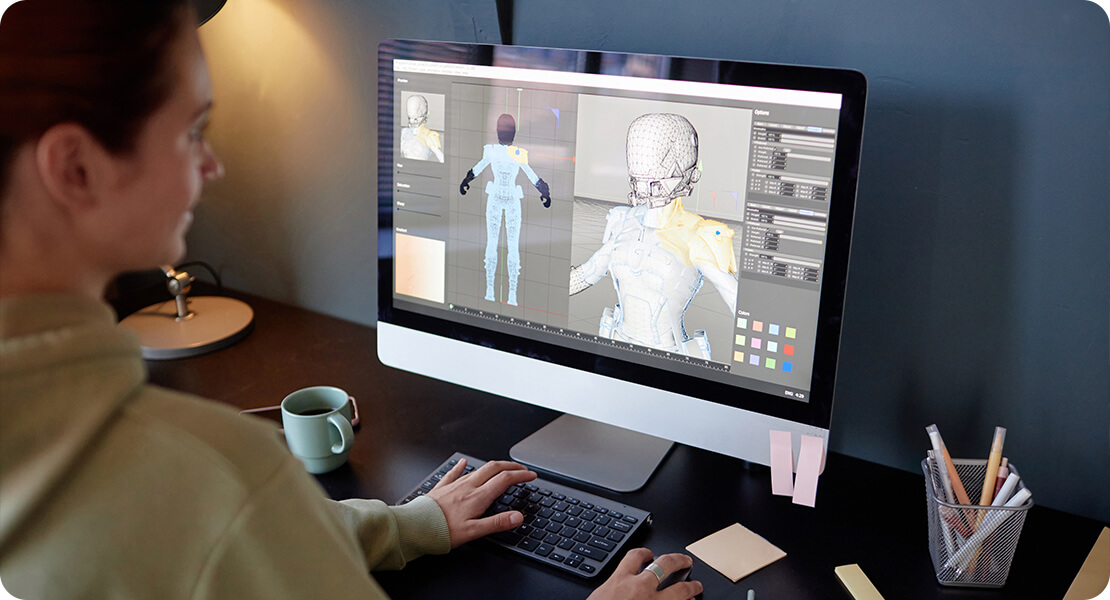
With 3D animation, you’re not just showing features—you’re crafting a visual journey that immerses your viewer in your brand. Whether it’s a complex machine, an architectural model, a mobile device, or even a luxury product, 3D lets you bring out the texture, depth, and functionality in a way traditional video simply can’t match.
Best for:
- Product visualisations (tech, architecture, medical, engineering, etc.)
- High-end product marketing or luxury brands
- Immersive brand campaigns and event visuals
- Demonstrating products not yet built or difficult to film
Why it works:
3D animation offers that “wow” factor. It’s more expensive and time-consuming, yes—but if your goal is to impress and create a strong visual identity, it’s a solid investment. It gives your brand a polished, cutting-edge look that builds instant credibility and professionalism.
One of its biggest strengths is precision. You can zoom in on intricate mechanics, rotate products in full 360°, simulate real-world environments, or animate how something works internally—all without needing a physical prototype. This is especially useful for industries like healthcare, automotive, and tech, where detail matters.
It also offers longevity. A high-quality 3D animation can serve you across platforms for years, making it perfect for trade shows, product launches, and investor presentations. And as virtual and augmented reality grow in popularity, 3D content will continue to lead the way in creating rich, interactive brand experiences.
In short, if you’re selling innovation, design, or luxury—3D is how you make it unforgettable.
7. Stop Motion – Best for Unique Brand Identity
Want something that really stands out? Stop motion is your creative wildcard. It uses real-world objects—think clay models, paper cut-outs, fabric, food, or even everyday items—photographed frame by frame to create movement. The result is a visually striking, tactile style that feels fresh, fun, and different. And in a sea of digital sameness, different is exactly what your brand needs.
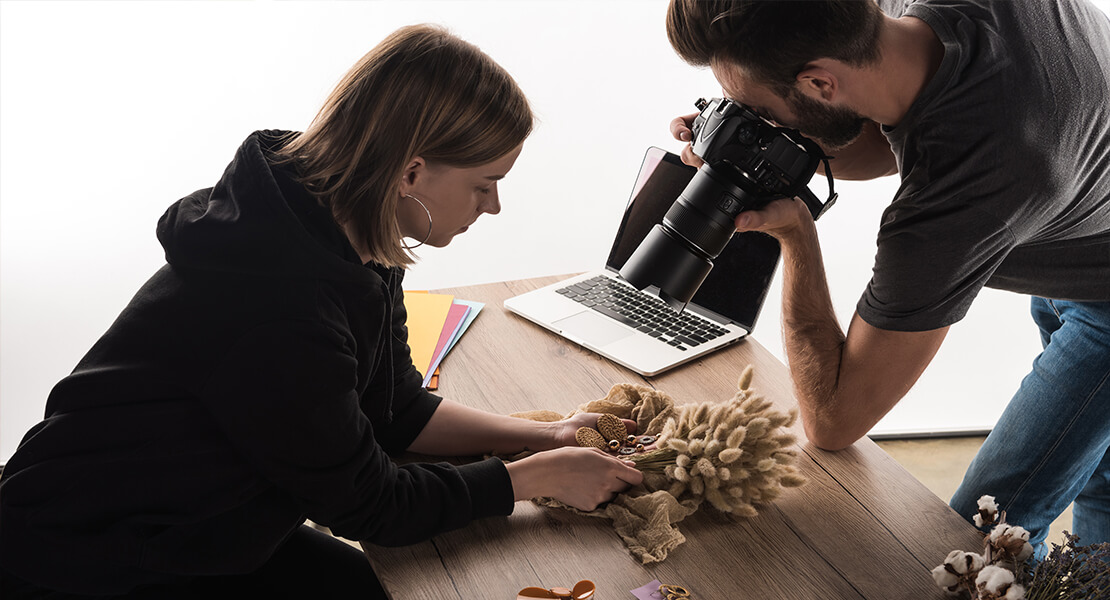
What makes stop motion so special is its physicality. It captures real textures, shadows, imperfections, and quirks that give it a handmade, authentic feel. There’s something charming and nostalgic about it—it feels personal, like someone took the time to craft something just for you.
Best for:
- Artisan, craft, or eco-friendly brands
- Social media reels and creative campaigns
- Showing physical products in action
- Brands looking to express creativity and originality
Why it works:
It’s tactile, it’s different, and it’s got an authentic, handmade feel. It naturally draws people in because it doesn’t look like everything else online. That contrast makes it ideal for brands that want to express creativity, sustainability, or a “human touch”.
Stop motion is especially effective on platforms like Instagram, TikTok, and Pinterest, where visual storytelling is key and scroll-stopping content matters. Short, punchy stop motion clips perform incredibly well in reels, ads, and promotional teasers—particularly when showcasing products, packaging, or behind-the-scenes moments.
And while it can be more time-consuming to produce than digital animation, it pays off with originality and charm. No two stop motion videos ever feel exactly the same, which reinforces your brand’s uniqueness. You’re not just delivering a message—you’re creating a visual experience.
In short, if you want your audience to feel something real, playful, and different, stop motion is your secret weapon. It doesn’t just tell your story—it crafts it.
Choosing the Right Animation for Your Business Goals
Here’s the golden rule: start with your goal, then match the animation style. Don’t choose a style just because it looks nice or because a competitor used it. What worked for them may not align with your audience, message, or brand tone. Effective animation isn’t about being flashy—it’s about being purposeful.
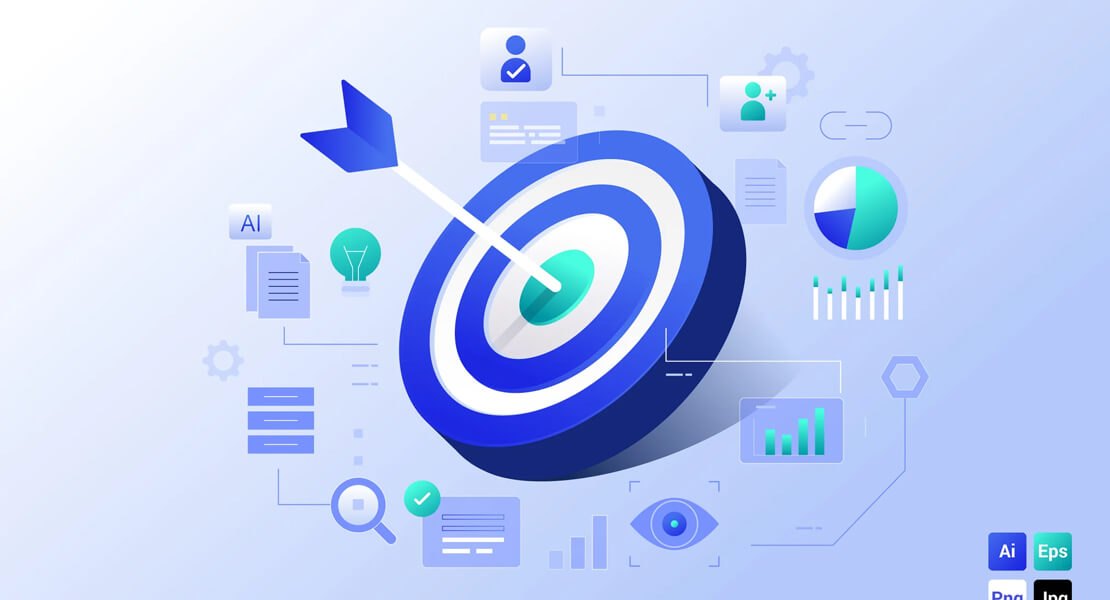
Ask yourself:
- Do I want to educate, entertain, or persuade?
- Am I talking to existing customers or brand new leads?
- Do I need to look sleek, fun, professional—or all three?
These questions help you align the format with the function. For instance, if you’re explaining a complex process, a clean motion graphic or explainer video is probably more effective than a quirky stop motion. If your brand is playful and people-focused, a character animation might tell your story far better than polished 3D.
Your animation should not only match your brand personality but also the intent behind the message. A training video should feel clear and educational. A product launch video should feel exciting and confident. A corporate pitch should feel authoritative and sleek. It’s not just about what you say, but how it feels when you say it.
Also consider where your video will live. A full-length 3D demo might work brilliantly at a trade show or product launch, but may need to be reworked into shorter 2D or motion-graphic clips for social media or ads. Different platforms demand different pacing and styles, so flexibility and planning go hand in hand.
Ultimately, choosing the right animation is like choosing the right outfit for an event—it should reflect who you are, fit the occasion, and leave the right impression. When your animation style aligns with your business goal, you’re not just putting content out there—you’re creating content that connects.
Final Word: Use Animation with Purpose
The beauty of animation lies in its adaptability. Whether you’re selling software or soap, pitching to investors or launching a new ad campaign, there’s an animation style that can help you do it better, faster, and with more impact.
Use it strategically. Tailor it to your audience. And above all, make sure it supports your goals—not just your visuals.
Because when you pick the right type of animation for the right job, that’s when the magic really happens. It’s not just about impressing your audience—it’s about connecting with them, informing them, and inspiring them to act. Animation, when used with intention, doesn’t just enhance your message—it amplifies it. If you’d like to explore in more detail which type of animation style would best meet your business goals, feel free to contact us here at Spiel for a free consult.

